Exemestane Aromasin resveratrol anti estrogen anti estrogen for males
Other Name:Aromasin
MF:C20H24O2
MW:296.4
MP:155.13°C
Storage Temp:Store At -20°C
Function: Anti-Estrogen
Appearance:White Crystalline Powder, Odorless
High Light:Anti Estrogen Products, Anti Estrogen Drugs
Exemestane(Aromasin) Functions & Traits
Exemestane, also known by its brand name Aromasin, is a medication belonging to a class of drugs called aromatase inhibitors. Here are the functions and traits associated with exemestane:
- Aromatase Inhibition: Exemestane is primarily used in the treatment of hormone receptor-positive breast cancer in postmenopausal women. It works by inhibiting the enzyme aromatase, which is responsible for converting androgens (male hormones) into estrogens (female hormones) in peripheral tissues, such as adipose tissue. By inhibiting aromatase, exemestane reduces the production of estrogen, which can help slow down or halt the growth of estrogen-dependent breast cancer cells.
- Estrogen Suppression: Exemestane effectively lowers estrogen levels in postmenopausal women. Estrogen can promote the growth of certain hormone-sensitive tumors, such as breast cancer. By reducing estrogen levels, exemestane helps to deprive cancer cells of the hormone they rely on for growth.
- Adjuvant Therapy: Exemestane is commonly used as adjuvant therapy in postmenopausal women who have undergone surgery for early-stage hormone receptor-positive breast cancer. Adjuvant therapy refers to the use of additional treatment after primary therapy, such as surgery, to reduce the risk of cancer recurrence.
- Breast Cancer Treatment: Exemestane may be used as a first-line or second-line treatment for advanced or metastatic breast cancer in postmenopausal women. It can be used as a single agent or in combination with other treatments, such as targeted therapies or chemotherapy, depending on the specific characteristics of the cancer.
- Hormone Replacement Therapy (off-label use): In some cases, exemestane may be prescribed off-label as a hormone replacement therapy (HRT) in postmenopausal women who experience symptoms related to low estrogen levels. However, this use is less common and should be discussed with a healthcare professional.
It’s important to note that exemestane is a prescription medication and should only be used under the supervision of a healthcare professional. The specific dosage, duration of treatment, and potential side effects will be determined by the healthcare professional based on the individual’s condition and needs.
Please consult a healthcare professional for detailed information and guidance regarding the functions and traits of exemestane in your specific situation.
Exemestane(Aromasin) Usage
Exemestane, sold under the brand name Aromasin, is primarily used in the treatment of hormone receptor-positive breast cancer in postmenopausal women. Here is some information about the usage of exemestane:
- Treatment of Breast Cancer: Exemestane is commonly prescribed as part of adjuvant therapy, which is additional treatment given after primary therapy (such as surgery) to reduce the risk of cancer recurrence. It may be used in postmenopausal women who have undergone surgery for early-stage hormone receptor-positive breast cancer. The goal of treatment is to inhibit the production of estrogen, which can fuel the growth of cancer cells.
- Duration of Treatment: The duration of exemestane treatment varies depending on several factors, including the stage of breast cancer, the overall treatment plan, and individual response. It is typically prescribed for a period of 5 to 10 years, although the exact duration will be determined by the healthcare professional overseeing the treatment.
- Dosage and Administration: Exemestane is available in tablet form and is taken orally once a day. The recommended dose is usually 25 mg per day. It can be taken with or without food, but it’s important to follow the instructions provided by the healthcare professional or the medication label.
- Monitoring and Follow-up: During exemestane treatment, regular monitoring and follow-up with a healthcare professional are important. They will assess the response to treatment, monitor for any potential side effects, and adjust the treatment plan as needed.
- Hormone Replacement Therapy (off-label use): In some cases, exemestane may be prescribed off-label as a hormone replacement therapy (HRT) in postmenopausal women who experience symptoms related to low estrogen levels. However, this use is less common, and the decision to use exemestane for HRT should be made in consultation with a healthcare professional.
It’s crucial to note that exemestane is a prescription medication, and its usage should be strictly followed as directed by a healthcare professional. They will determine the appropriate dosage, duration, and monitoring plan based on individual circumstances and treatment goals.
If you have specific questions or concerns about the usage of exemestane, it’s best to consult with a healthcare professional who can provide personalized guidance based on your medical history and condition.
Be the first to review “Exemestane Aromasin resveratrol anti estrogen anti estrogen for males” Cancel reply
Related products
Antiestrogen Steroid Powder
China 99% Purity Toremifene Citrate Fareston raw powder anti estrogen products
Antiestrogen Steroid Powder
99% Purity Health Supplement arimidex Anastrozole anti estrogen medicine
Antiestrogen Steroid Powder
Anabolic steroid Fareston Toremifene Citrate raw powder for legal anti estrogen
Antiestrogen Steroid Powder
Oral Drug API Anastrozole arimidex steroid powder hormone strongest anti estrogen
Antiestrogen Steroid Powder


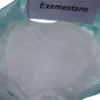
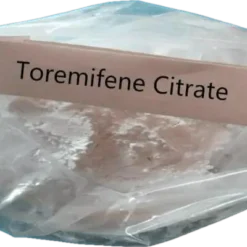
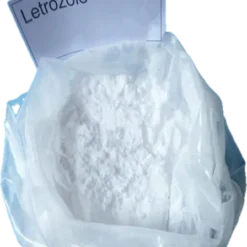
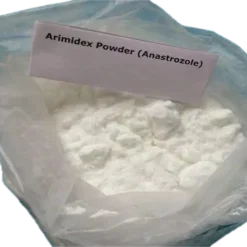

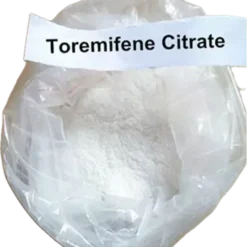

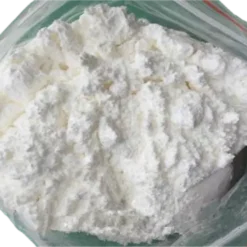
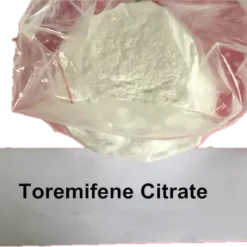
Reviews
There are no reviews yet.